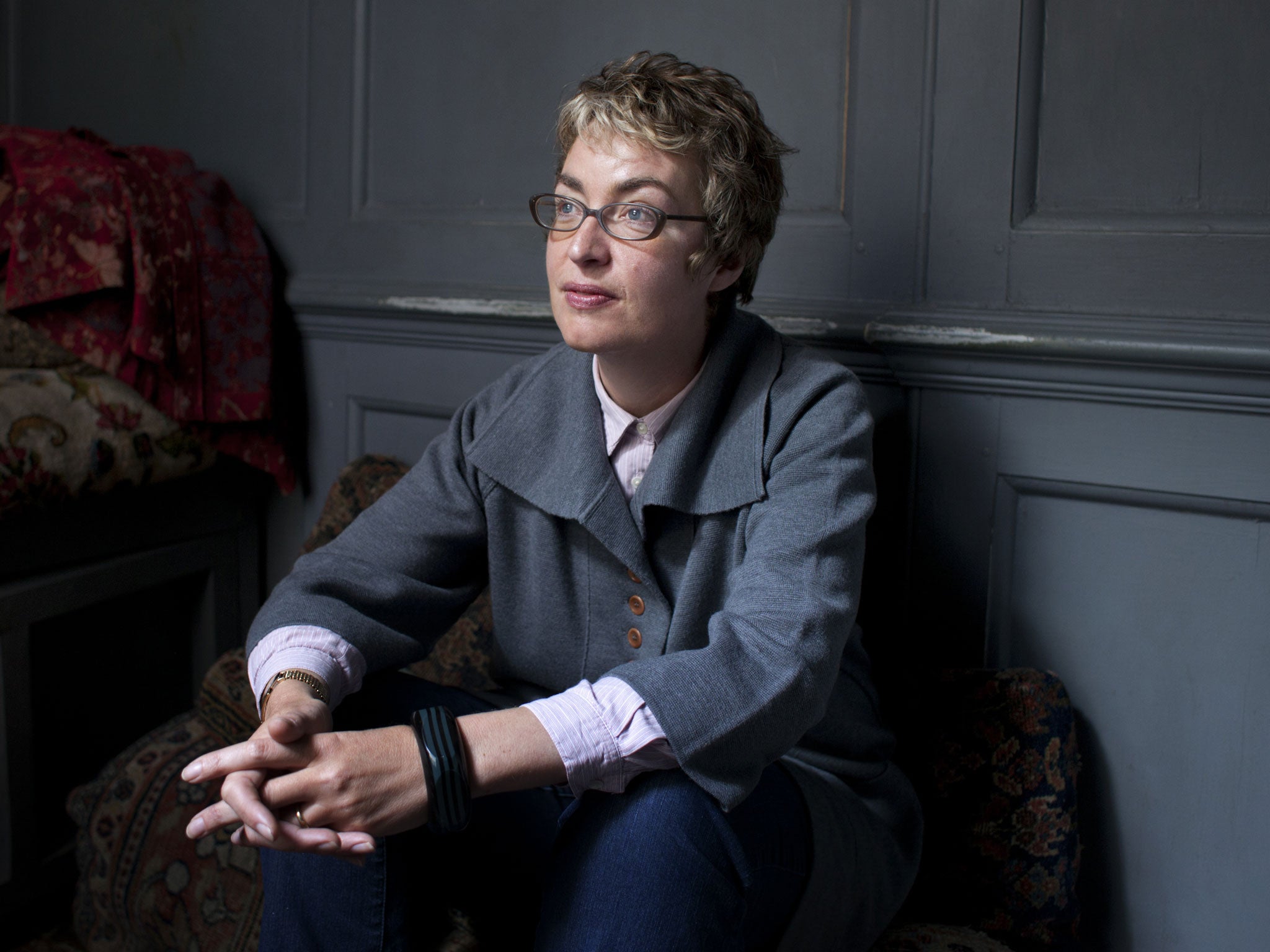The Not-Dead and the Saved and Other Stories by Kate Clanchy, book review: Matters of life, death, and Charlotte Bronte’s bun
The collection as a whole is subtle and sensitive, bristling with acute observation

E M Forster once flirted with the idea that his characters retained a degree of freedom, that they were “full of the spirit of mutiny”. Nabokov dismissed this as whimsy: his characters were “galley slaves”. If the title of her debut short story collection is anything to go by, Kate Clanchy keeps a similarly tight ship. The question of independence looms large – whether in terms of parenthood, cultural autonomy or Scottish politics. And yet, to be a character in Clanchy’s stories seems to be in a peculiarly passive position. You’re either not-dead, waiting to be killed off, or saved by the author’s good grace.
The short story is an ideal form for this life-or-death lottery, and it’s a mark of Clanchy’s skill that the best are among the shortest, condensed to as few as three pages. As a poet Clanchy knows the power of a tightly spun line and her prose has the same structured, sonorous quality found in her award-winning poems and radio plays.
The title story “The Not-Dead and The Saved”, winner of the 2009 BBC National Short Story Award, reads as a reversal of the ideas expressed in her 2004 poetry collection, “Newborn”. If, as proposed by the poem “Not Art”, motherhood is “close work […] a hand-craft”, then the mother of “The Not-Dead and The Saved” watches her work undone as her son nurses a tumour in hospital. Yet the language of “Newborn” is latent in this image of decay: the mother’s pungent description of a paediatric ward (“strawberry syrup, toasted cheese, pee”) has the sort of sensuality only known by those who have changed a nappy, and her metaphor of exhaustion (“just now it is sitting on her lap, arms tight around her neck”) is full of the woe of postpartum.
Children push their parents to the side of their own lives. Babies, with their lack of personality, are classed among the Not-Dead, little more than prams in the hall. Grandmothers, beset by regression and pursued by bodily fluids, are placed in a similar category. Great Aunts, however, have an easier ride. Set apart from the immediate fatigue of family life, they are among the Saved. “You can push yer ither granny off a bus …” croons Aunt Irene to her niece’s new baby, and Clanchy’s own grandmother in the story “My Grandmother Meets Katherine Mansfield” is constantly outshone by her beautiful younger sister. Aunt Mirrie, the character chosen to open the collection, swims lengths while her female relatives are first lopped and then felled by cancer. Nonetheless, as this first story suggests, family ties can be hard to define. Just as the characters often remain unnamed until the end of a story, the distinction between the Not-Dead and the Saved is more fluid than it might at first seem.
The collection as a whole is subtle and sensitive, bristling with acute observation. But Clanchy has a weakness for metatext, and the more experimental stories can sound self-conscious. “This Problem is for You” switches between the voice of a white girl (potty-mouthed, wrist-slitting) and a bullied black boy (innocent and good at maths), resulting in awkward ventriloquism.
In “Brunty Country” an aviator-wearing literary agent seeks out the Brontës on the Yorkshire moors, and while the story might prompt a guffaw from those in the business the tone is a little too knowing. Then again, the image of Charlotte Brontë appearing at the door with her hair “embalmed into a bun” is enough to forgive all – even the reference to an Emily Brontë All Saints collaboration. Less forgivable is the use of the smug second person in “Animal, Vegetable”, which reads like a creative writing exercise: “in this story, you have a particular friend […] maybe you went to primary school together, shared a desk, a pot of poster paint, an obsession with French plaits.” When the friend’s daughter develops a degenerative disease, we are unconvinced. The story arrived etherised, and never woke up.
E M Forster’s mutinous characters had one final trick up their sleeve: “If they are kept too sternly in check, they revenge themselves by dying.” For the most part Clanchy’s characters have no need for this last resort – they possess a far livelier sense of agency than the collection’s title would allow. Though outwardly estranged, the mother and son of “The Not-Dead and The Saved” have an unspoken complicity, they’ve “internalised” each other’s response.
In “The Show”, Dale, a reality TV star, escapes from the public glare to find love behind closed doors, and in “The Girls” a “sari-pink” playhouse stands up and runs like the woods of Dunsinane. These characters are neither dead nor need saving, enlivened by the “anchoring, energising love” which inspired “Newborn”. In her debut short story collection Clanchy plays it safe by adding a layer of cynicism; in her next, she may allow herself more freedom.
Subscribe to Independent Premium to bookmark this article
Want to bookmark your favourite articles and stories to read or reference later? Start your Independent Premium subscription today.

Join our commenting forum
Join thought-provoking conversations, follow other Independent readers and see their replies